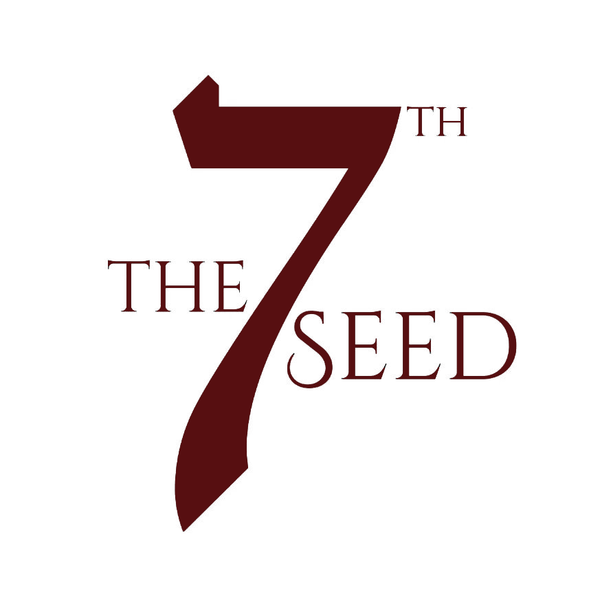Chenopodium quinoa is a dicotyledonous annual plant, usually about 1–2 m (3–7 ft) high. It has broad, generally powdery, hairy, lobed leaves, normally arranged alternately. The woody central stem is branched or unbranched depending on the variety and may be green, red or purple. The flowering panicles arise from the top of the plant or from leaf axils along the stem. Each panicle has a central axis from which a secondary axis emerges either with flowers (amaranthiform) or bearing a tertiary axis carrying the flowers (glomeruliform). These are small, incomplete, sessile flowers of the same colour as the sepals, and both pistillate and perfect forms occur. Pistillate flowers are generally located at the proximal end of the glomeruli and the perfect ones at the distal end of it. A perfect flower has five sepals, five anthers and a superior ovary, from which two to three stigmatic branches emerge.
The green hypogynous flowers have a simple perianth and are generally self-fertilizing though cross-pollination occurs. Furthermore, in the natural environment, betalains serve to attract animals to generate a greater rate of pollination and ensure, or improve, seed dissemination. The fruits (seeds) are about 2 mm (1⁄16 in) in diameter and of various colors — from white to red or black, depending on the cultivar.
In regards to the "newly" developed salinity resistance of C. quinoa, some studies have concluded that accumulation of organic osmolytes plays a dual role for the species. They provide osmotic adjustment, in addition to protection against oxidative stress of the photosynthetic structures in developing leaves. Studies also suggested that reduction in stomatal density in reaction to salinity levels represents an essential instrument of defence to optimize water use efficiency under the given conditions to which it may be exposed.

QUINOA AS FOOD
Quinoa is a gluten-free seed that can make a great substitute for rice and other grains.
Raw, uncooked quinoa is 13% water, 64% carbohydrates, 14% protein, and 6% fat. Nutritional evaluations indicate that a 100-gram (3+1⁄2-ounce) serving of raw quinoa seeds is a rich source (20% or higher of the Daily Value, DV) of protein, dietary fiber, several B vitamins, including 46% DV for folate, and the dietary minerals magnesium, phosphorus, and manganese.
After boiling, which is the typical preparation for eating the seeds, quinoa is 72% water, 21% carbohydrates, 4% protein, and 2% fat. In a 100 g (3+1⁄2 oz) serving, cooked quinoa provides 503 kilojoules (120 kilocalories) of food energy and is a rich source of manganese and phosphorus (30% and 22% DV, respectively), and a moderate source (10–19% DV) of dietary fiber, folate, and the dietary minerals iron, zinc, and magnesium.
Quinoa is gluten-free. Because of the high concentration of protein, ease of use, versatility in preparation, and potential for increased yields in controlled environments, it is the perfect choice of food for your food storage needs. Due to it dynamic adapting growth nature, it has been selected as an experimental crop in NASA's Controlled Ecological Life Support System for long-duration human occupied space flights.


